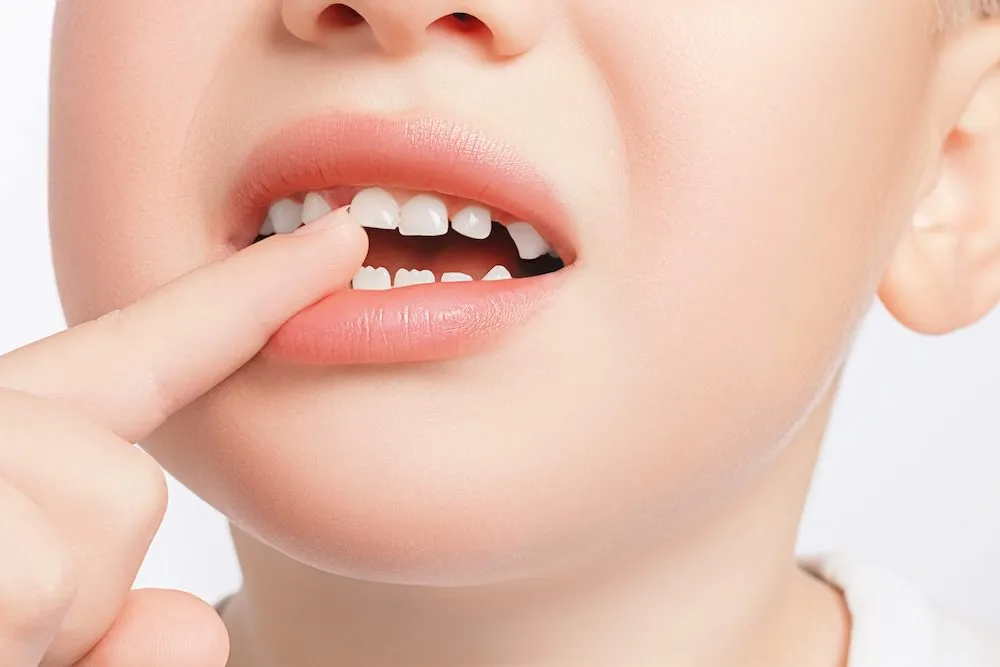Exploring the Hidden Brain Shift at Age Six
At around six years old, children enter a fascinating but turbulent developmental phase sometimes called “wobbly‑tooth puberty.” Not driven by hormones but by the expanding complexity of life, this stage challenges a child’s emerging mental and emotional infrastructure. With new responsibilities, deeper friendships, and a growing sense of identity, young minds begin balancing an intricate mix of emotions, cognition, and social understanding.
Emotional Ups and Downs with Growing Awareness
The early stages of this phase can bring noticeable mood swings—sudden irritability, burst of anger, and unexpected bouts of tearfulness. This isn’t about whimsy; it’s about brains grappling with newfound autonomy. Children now face expectations to manage frustrations, cooperate, and adapt socially, often with limited self-regulation tools. Expanding vocabulary becomes essential, helping a child move from physical expression of emotion to more refined verbal articulation, thus activating regions like the prefrontal cortex that support self-soothing.
Growing Ability to Label and Reframe Emotions
As six-year-olds learn language, they gain the ability to label nuanced emotions—confusion, disappointment, excitement. Labeling the feeling itself can shift emotional weight through a process psychologists call cognitive reappraisal. Guiding a child to think, “I’m frustrated because I can’t tie my shoelaces yet, but I’ll keep trying,” rather than, “I’m bad at everything,” empowers emotional resilience and supports long-term mental health.
Unlocking “Recursive Theory of Mind”
At this age, children move beyond “He thinks…” to “She knows that he thinks…”—an ability known as recursive theory of mind. Groundbreaking studies show a steep cognitive leap between ages five and seven, enabling deeper social reasoning: understanding secrets, detecting deception, and responding with empathy rather than impulsive reactions. Kids begin noticing when classmates are excluded and might compensate by inviting them in, demonstrating a remarkable early form of solidarity.
A curious side effect of rising social perception is greater self-consciousness. Researchers studying the liking gap —the tendency to underestimate how much others like us—find it surfaces around age six, growing through middle childhood. Children begin interpreting a friend’s busy day as rejection or doubting their own likability. Understanding this can help adults respond sensitively when a child asks, “Did they like me or just said that?”
The Power of Emotion Coaching in Practice
Parents and educators play a crucial support role by practicing emotion coaching: listening, validating, and reframing emotions rather than dismissing them. This approach builds neural pathways for perspective-taking and self-regulation. For example, if a student is upset about a bad grade, a teacher might discuss that it’s not failure but feedback—a starting point for improvement. These dialogues don’t solve everything, but they scaffold a child’s capacity for self-mastery.
Navigating “wobbly‑tooth puberty” requires patience, understanding, and guided communication. Instead of viewing six-year-olds as moody or unpredictable, recognizing this stage as the brain actively wiring social, emotional, and cognitive capacity can reshape how parents and educators respond. With supportive scaffolding, children grow into self-aware, emotionally literate individuals ready for the new challenges of adolescence.



